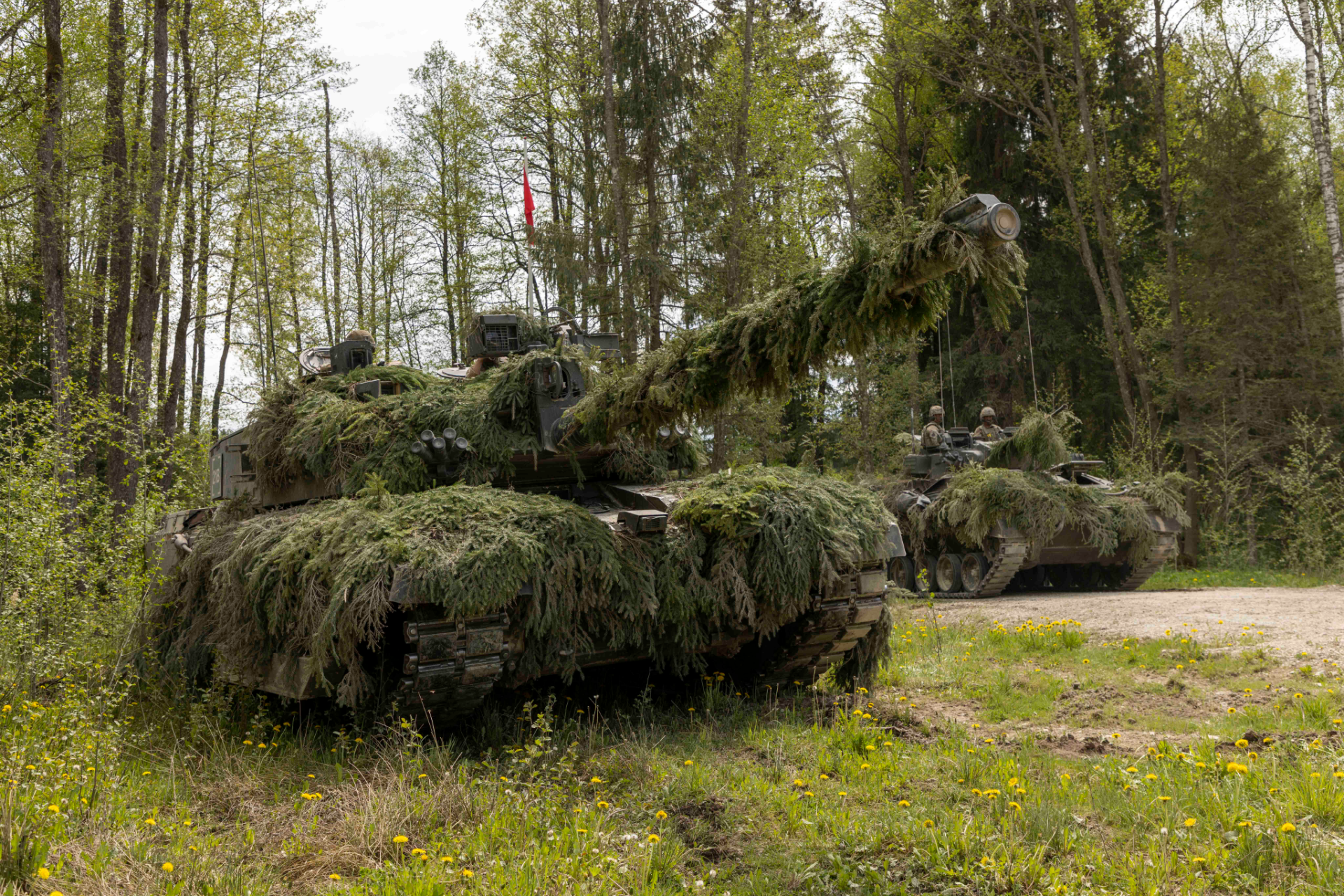The landscape of military operations is constantly evolving, and our customers—the world’s Armed Forces—have initiated transformation programmes to match pace with the changing face of warfare. By projecting the next 20 years and beyond, these programmes seek to optimise people, training, infrastructure, and equipment to counteract the dynamic threat landscape effectively. This vision, aimed at enhancing capabilities, emphasises understanding the intent and capabilities of allies and adversaries, embracing new and emerging technologies, discerning the triggers of conflict and instability, and adapting to the changing character of warfare.
As crucial industry partners, we acknowledge our role in facilitating the success of these transformation programmes. In fact, to continue delivering flexible and adaptable solutions, we recognise that our own evolution must be parallel to our customers’ transformations.
Looking at the past, ‘Support Contracting’ in the military sector has shifted from traditional contracts—where the Ministry of Defence (MoD) held total decision-making power—to inclusive contracts, transferring some accountability to the industry. Modern contracts even delegate industry-specific outputs such as ‘pay per flying hour’ (PPFH). This transition towards availability and capability contracting has revolutionised the roles of both the customer and the industry. By transferring responsibility to the industry, the customer (DE&S) assumes a provider role, leading to cost savings and efficiency enhancements.
However, current contracting models lack flexibility and adaptability due to certain limitations. The contracts usually last around five years, with rigid output requirements and minimal scope for modification. Further, they are typically individual contracts without a holistic understanding of the larger desired outcome they contribute to.
The future of ‘Support Contracting’ must focus on enterprise value drivers to foster long-term, outcome-driven collaborations. Aligning value-driven goals will enable the development of a flexible, adaptable joint environment that promptly addresses emerging military needs.
To accomplish this, we need to shift from prioritising individual output to emphasising collective outcomes. Clear, common goals must be established across the enterprise, providing an unequivocal method for our customers to work towards a military outcome, rather than a contractual output. The industry is typically contracted for a set amount of serviceable equipment or support throughput. While these outputs contribute to the desired military outcome, their unintegrated nature provides no guarantee. Consequently, the military often needs to adapt and overcome obstacles to generate outcomes from disparate output contracts.
A prevalent tendency to focus on achieving KPIs for contract compliance can create conflicting value drivers across the enterprise, leading to inefficiencies, waste, and recovery activities. Additionally, there’s often a lack of understanding about the usage or effectiveness of the equipment or service in achieving the desired outcome.
To overcome these challenges, we propose the following two principles from our Outcome Based Design methodology —Understanding and Effectiveness.
The principle of Understanding emphasises the importance of knowledge in decision-making. It helps manage risks and subsequent order effects. To foster this, we propose embedding four principles—Self-Awareness, Critical Analysis, Creative Thinking, and Continuity—within an outcome-based environment. This alignment of understanding across the enterprise leads to joint value creation, flexibility, adaptability, and effective outcomes.
The principle of Effectiveness, on the other hand, focuses on achieving desired outcomes. It underscores the need to measure the degree to which the outcome produces the desired result. We assess effectiveness based on the performance, availability, quality, and capacity of the overall system.
In conclusion, the evolution of Support Contracting must align with the transformations in the Armed Forces. By focusing on collective outcomes and implementing the principles of Understanding and Effectiveness, we can ensure adaptability to emerging needs and achieve effective outcomes that matter.
Images used: UK MOD © Crown copyright 2023





